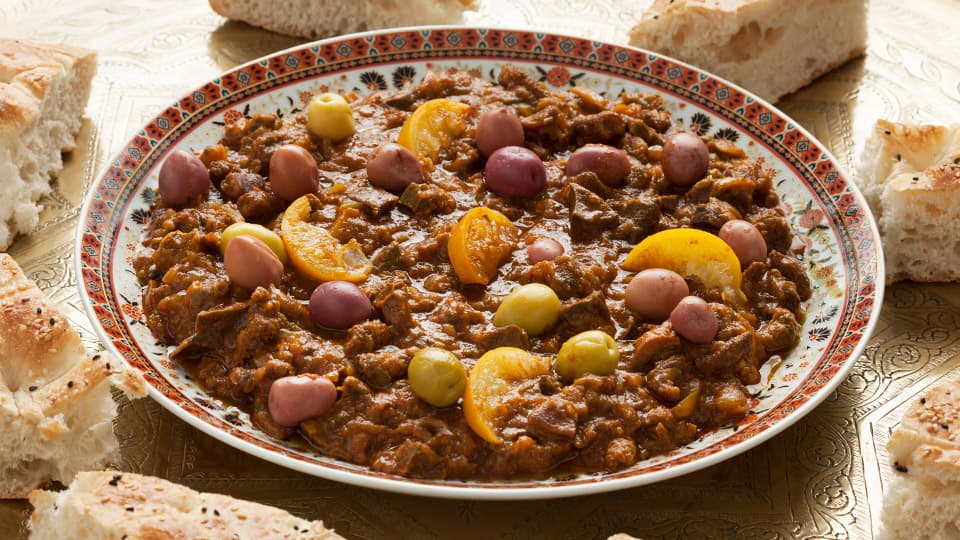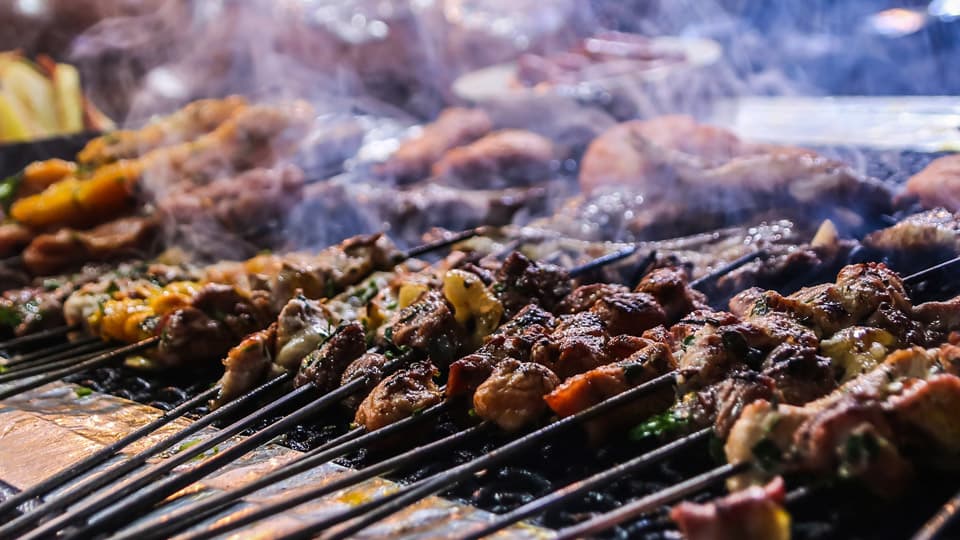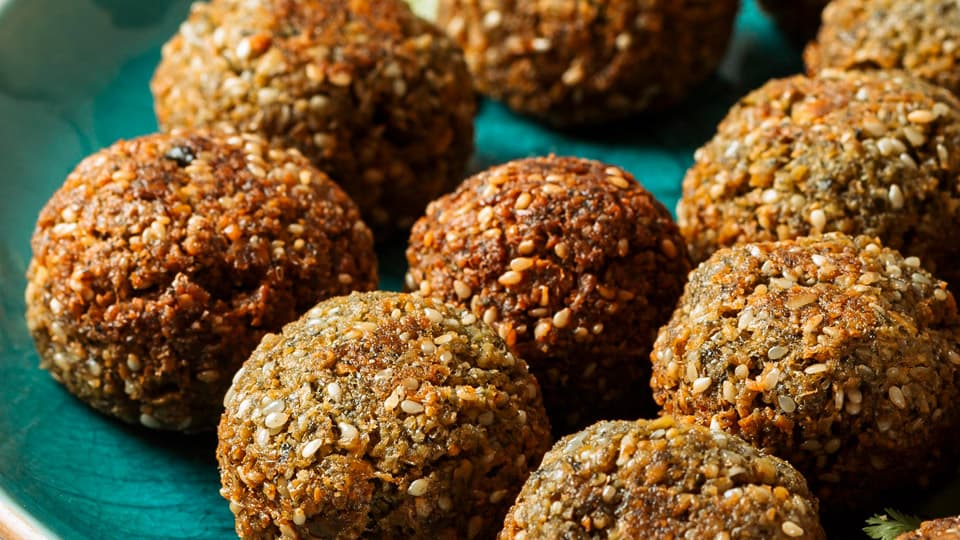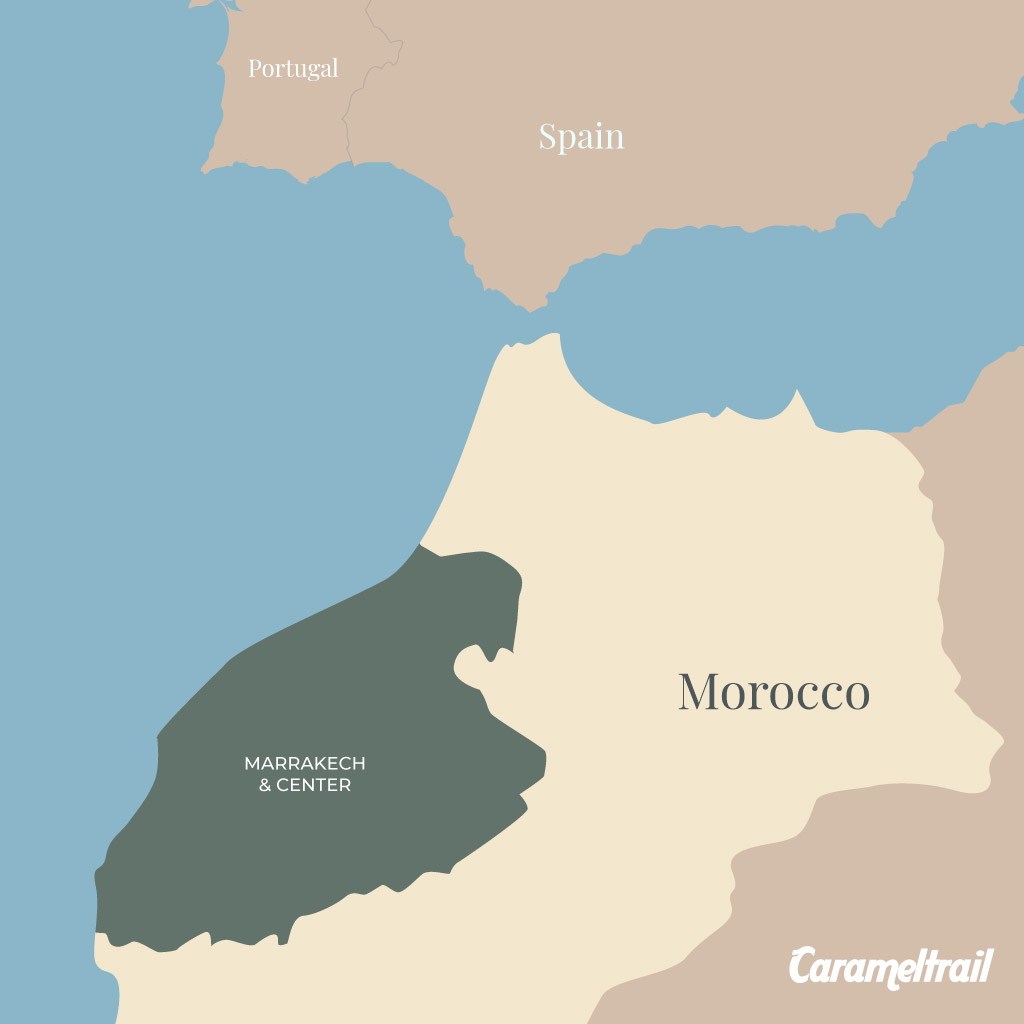
Discover popular Moroccan dishes in a Moroccan cooking class
Moroccan cuisine is known for its bold and flavorful spices, and the use of fresh and high-quality ingredients, such as the Marrakesh oil. If you’re interested in learning more about the Moroccan cooking, attending a cooking class in Morocco is an excellent way to explore the country’s culinary culture.
A Moroccan cooking class is an excellent way to immerse yourself in the rich and vibrant food culture of Morocco. In a traditional Moroccan cooking class, you can expect to learn about the essential spices and ingredients used in Moroccan cooking, such as cumin, coriander, paprika, saffron, and turmeric. You’ll also learn about the importance of Moroccan olive oil in cooking, which is often used as a base for many dishes.
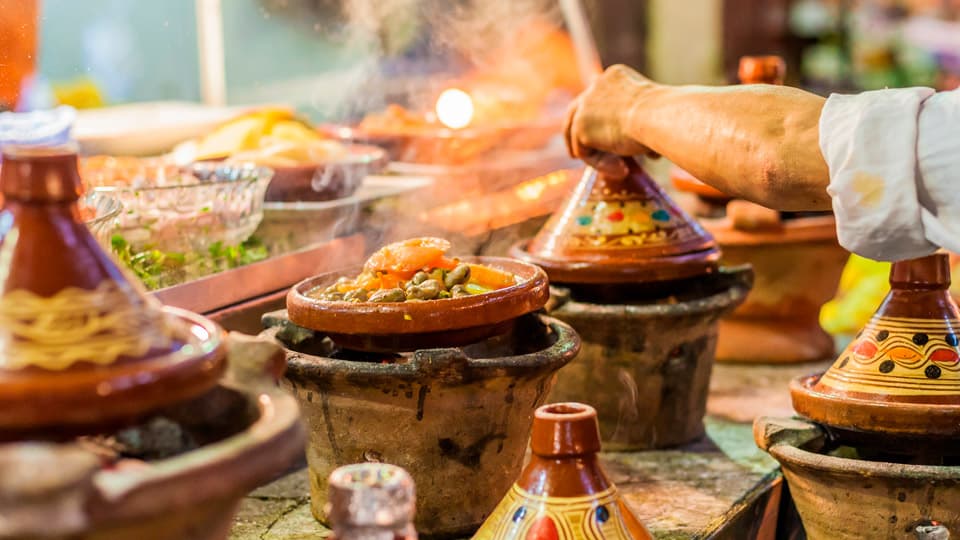
Photo: Moroccan cooking class.
Morocco Food Culture
Moroccan cuisine is a reflection of the country’s rich cultural and culinary history. It’s a blend of Arabic, Mediterranean, Andalusian, Berber, and French influences, which makes it a unique and diverse cuisine. Moroccan food is known for its bold spices, aromatic herbs, and slow-cooking techniques that bring out the flavors of the ingredients.
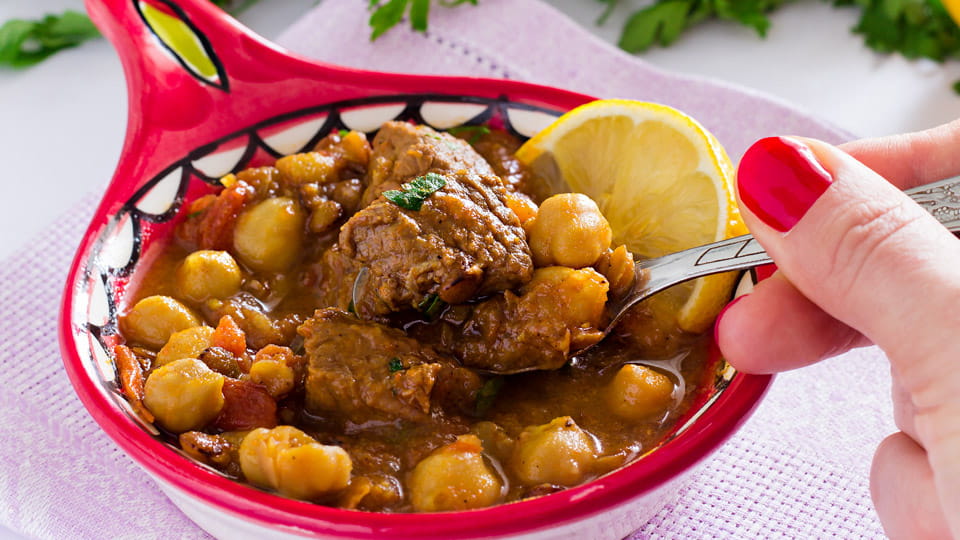
TRADITIONAL MOROCCAN CUISINE
Traditional Moroccan cuisine is a unique blend of North African, Mediterranean, and Middle Eastern influences, characterized by its bold flavors, use of spices, and diverse array of ingredients.
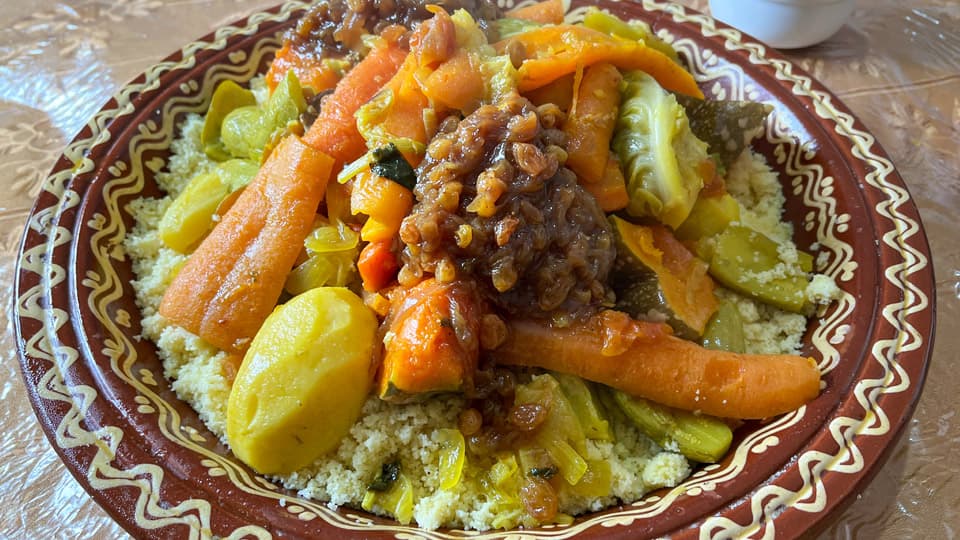
MOROCCAN SPICES
Morocco is known for its rich and diverse cuisine, which relies heavily on a variety of spices to create complex and flavorful dishes.
Here are some of the most commonly used Moroccan spices:
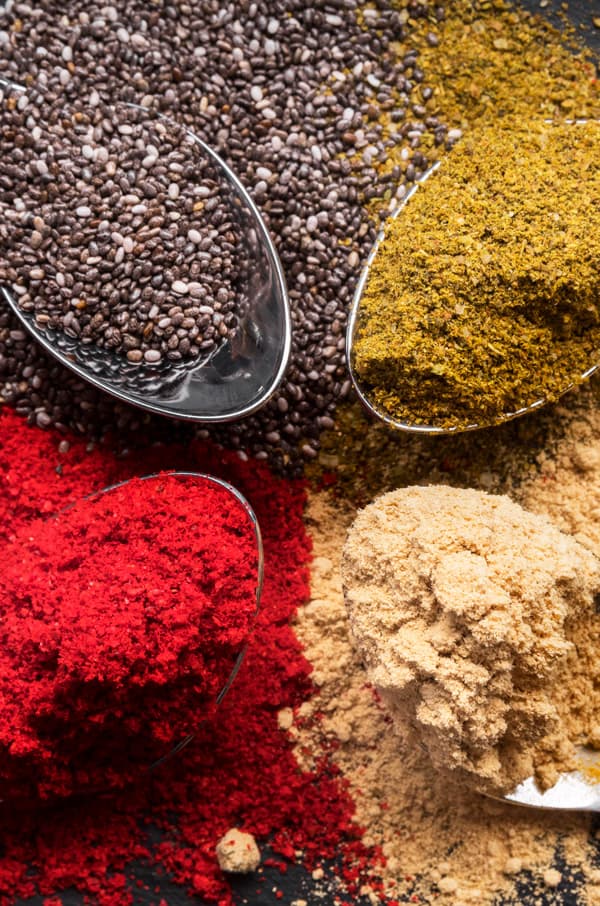
The combinations and quantities of these spices vary depending on the dish and the region, but they all contribute to the unique and delicious flavors of Moroccan food.
Moroccan Olive Oil
Moroccan olive oil is a high-quality, flavorful oil produced in Morocco. Olive oil production is an important part of the agricultural industry in Morocco, and the country is home to a wide variety of olive cultivars that produce a range of unique flavors.
It is typically made using traditional methods and it is used for both cooking and as a condiment. Moroccan olive oil is also known for its health benefits. It is rich in monounsaturated fats, which are considered healthy fats that can help reduce the risk of heart disease and lower cholesterol levels. The oil is also a good source of vitamin E, which is an antioxidant that can help protect against cell damage and may have anti-inflammatory properties.
Two popular types of olive oil in Morocco are Morocco Gold olive oil and Moroccan extra virgin olive oil. Both of these olive oils are made from high-quality olives and have a rich and fruity flavor that enhances the taste of Moroccan dishes.
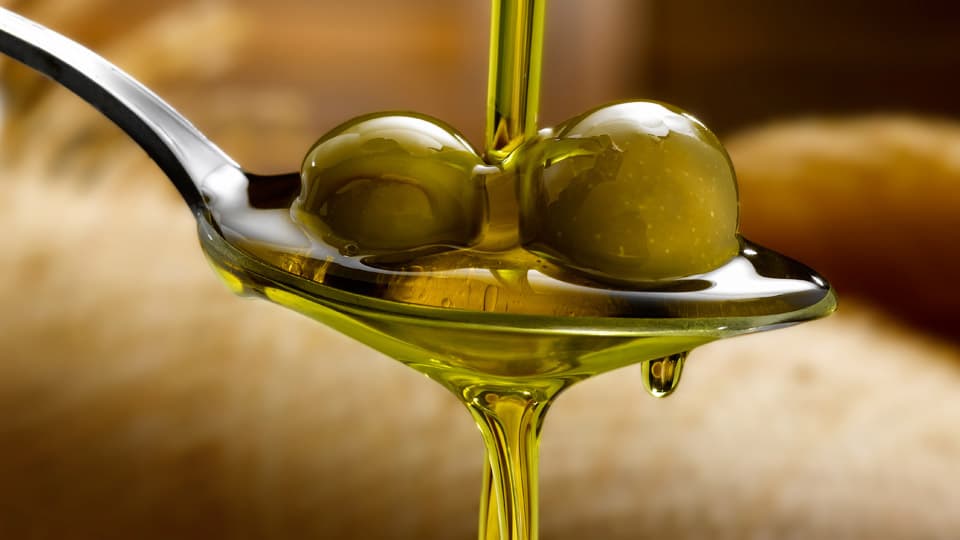
One of the essential ingredients in Moroccan cooking is olive oil
Harira Soup
One of the most popular Moroccan dishes is harira soup, which is a hearty and flavorful soup made with lentils, chickpeas, tomatoes, and various spices, such as cumin, ginger, and cinnamon. This soup typically contains small pieces of lamb or beef, but it can also be made without meat for a vegetarian version. Harira soup is often served with dates or other sweet treats. It is a popular and nourishing dish that is enjoyed by Moroccans and many others around the world.
In a cooking class, you can learn how to make harira soup from scratch, including how to blend the spices and vegetables to achieve the perfect flavor.
Moroccan Harira soup is a traditional soup that is commonly served during Ramadan and other special occasions in Morocco
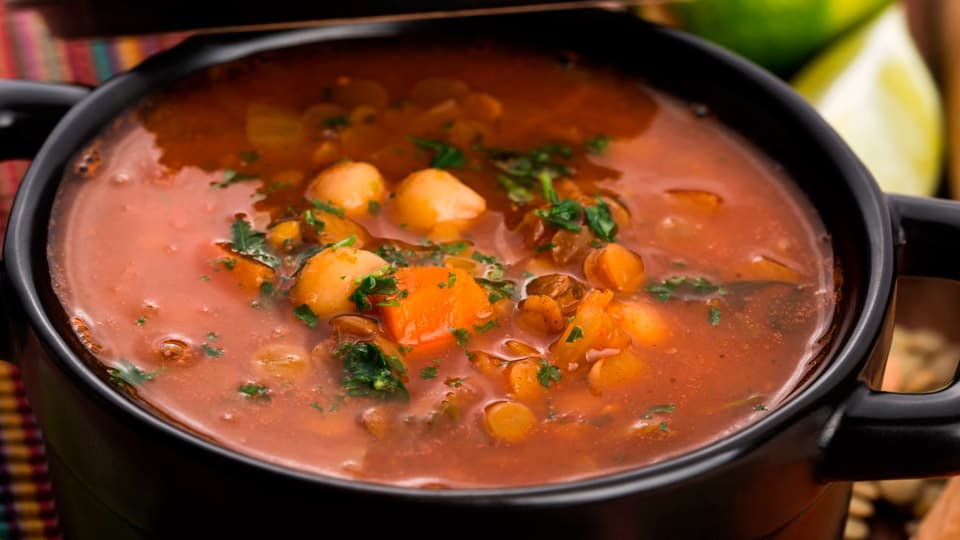
COUS COUS RECIPE OR HOW TO MAKE COUS COUS
Couscous is a staple in Moroccan cuisine. Contrary to popular belief, couscous is not a grain, but rather a type of pasta made from semolina flour. To make couscous, it is better to use a special pot called a couscousiere. The pot has a bottom section for boiling the vegetables and a top section for steaming the couscous. You add the Moroccan spices such as cinnamon, coriander, and saffron to the vegetables to infuse the couscous with flavor. Once the couscous is cooked, you may add Morocco Gold olive oil to give it a rich and nutty flavor.
Here’s a recipe for making couscous:
Ingredients:
Instructions:
- 1
In a medium-sized pot, bring the water or vegetable broth to a boil.
- 2Add the olive oil and salt to the boiling water, then remove from heat.
- 3Add the couscous to the pot and stir to combine.
- 4Cover the pot with a lid and let sit for 5-7 minutes to allow the couscous to absorb the liquid.
- 5Fluff the couscous with a fork to separate the grains.
Serve and enjoy!
Note: You can also add additional flavors to the couscous by incorporating herbs, spices, or vegetables into the cooking liquid before adding the couscous. Additionally, you can use chicken or beef broth instead of vegetable broth for a better flavor.
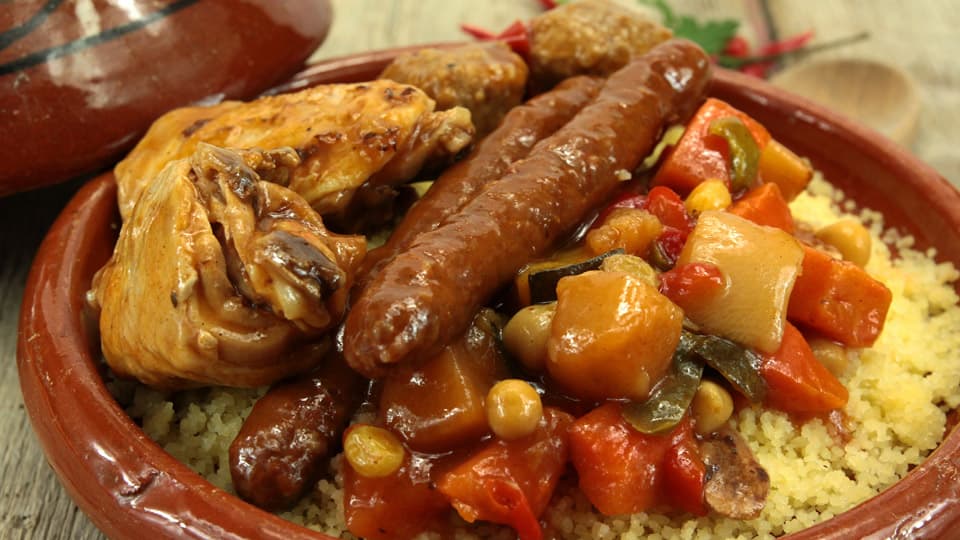
MOROCCAN PASTRIES AND SWEETS
Moroccan pastries and sweets are a diverse and rich culinary tradition that combines Arab, Berber, and Andalusian influences, characterized by a variety of shapes, textures, and flavors.
In a cooking class, you have the chance to learn how to make traditional Moroccan sweets, such as baklava, which is a flaky pastry filled with honey and nuts. You can also learn how to make other types of Moroccan sweets, such as chebakia, which are sesame seed cookies that are fried and then coated in honey.
Moroccan pastries and sweets are a delightful blend of traditional Arab, Berber, and Andalusian culinary influences
These sweets are often served during special occasions like weddings and Ramadan and include popular treats like Gazelle horns, Sellou, Mhancha, Briouats, Makroud, Baghrir, and Halwa Chebakia. The use of ingredients like almonds, sesame seeds, honey, orange blossom water, and cinnamon adds to the unique taste of Moroccan pastries and sweets.
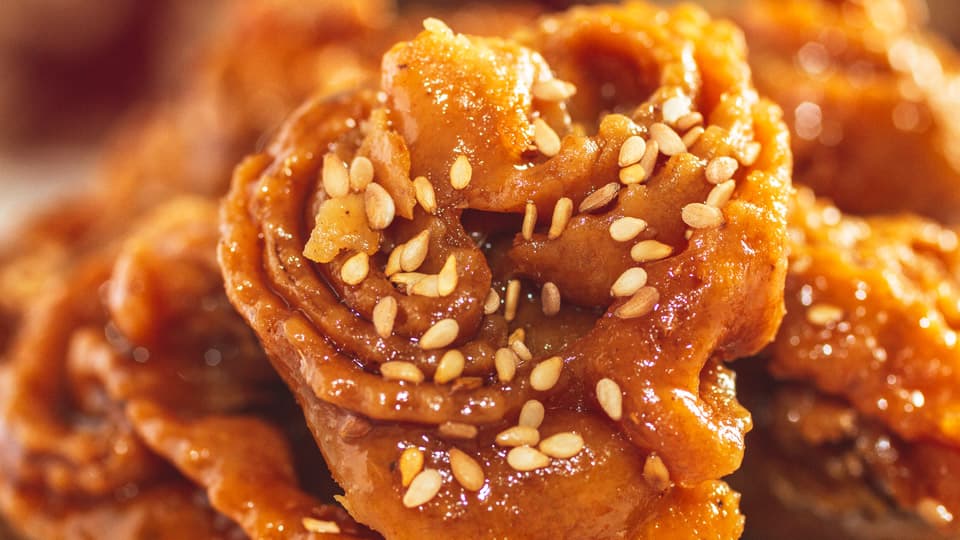
LEARN HOW TO COOK LIKE A MOROCCAN
A Moroccan cooking class is an excellent way to learn about the country’s culinary culture and ingredients. You’ll learn about traditional Moroccan ingredients, spices, and techniques while getting hands-on experience cooking traditional Moroccan dishes. Hungry?
